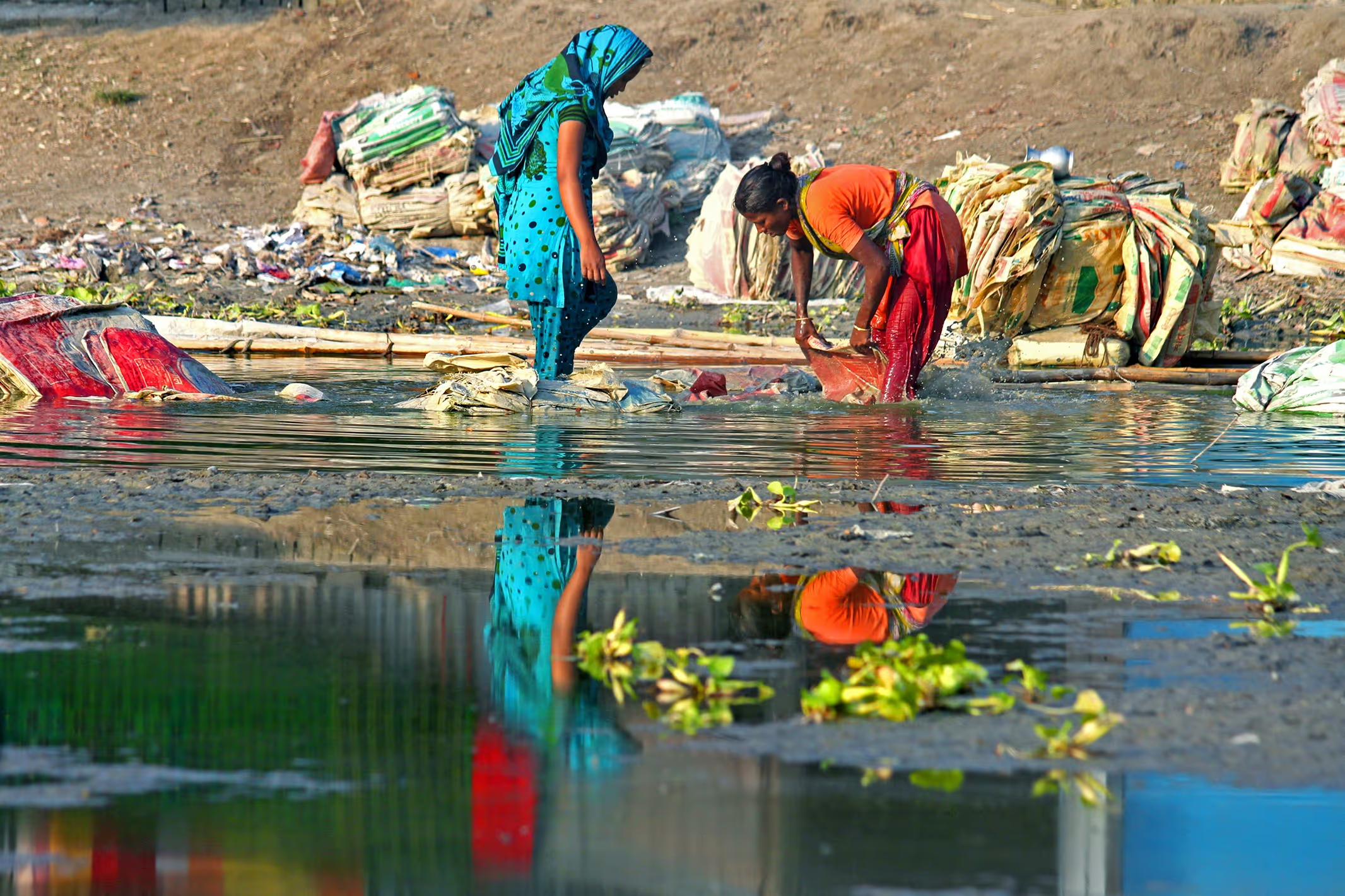Poop Pioneers: On the Frontier of Faecal Sludge Drying Research

Inspired by Aerosan’s passive ventilation emergency toilet, Catherine Bourgault at Université Laval has been researching how poop dries. The idea is that once we have a good understanding of how poop dries and the optimal conditions for drying, we can use that information to adapt the design of the toilet to enable those optimal conditions. This is relevant to operations from both a public health and an economic perspective: drying fecal sludge reduces the operator’s risk of handling the material and decreases the marginal cost of transporting the waste for treatment.
What Catherine found is that fresh faeces dries in a way that can be mathematically modeled, using the same kinds of mathematical models used to optimize the drying of high-moisture foods for preservation and transport. Her firsthand observations and measurements of the drying properties of fresh faeces is the first dataset of its kind.
I recently started a master’s of applied science at the University of Victoria in the civil engineering department. Like Catherine, my research is motivated by the Aerosan toilet. I’m going to run experiments to see how different environmental conditions like temperature, humidity, and air flow impact the rate at which poop dries. The first step will be continuing some of the experiments that my colleague and predecessor Catherine did with a greater range of temperature and humidity conditions, and then I’m going to take those results to design an experimental setup that lets me moderate airflow in addition to temperature and humidity. You can think of the experimental setup like a miniature Aerosan toilet!
The experimental results will be used by our research partners at the University of Swansea to provide recommendations on a re-design of the Aerosan toilet array. The construction of these toilets will be piloted and tested in Malawi later in 2018.
In addition to spending some quality time in the lab, I’ll also be traveling (location TBD!) to measure actual drying rates and environmental conditions in ventilation improved pit latrines and in other types of toilets nearby. This will make it possible to contextualize the results that Catherine and I are finding through lab work: we’ll be able to compare lab results to the theoretical mathematical model to actual operations.
By Claire Remington – University of Victoria, BC, Canada
Stay updated
Sign up for our newsletter to receive regular updates on resources, news, and insights like this. Don’t miss out on important information that can help you stay informed and engaged.
Related articles



Explore Elrha
Learn more about our mission, the organisations we support, and the resources we provide to drive research and innovation in humanitarian response.